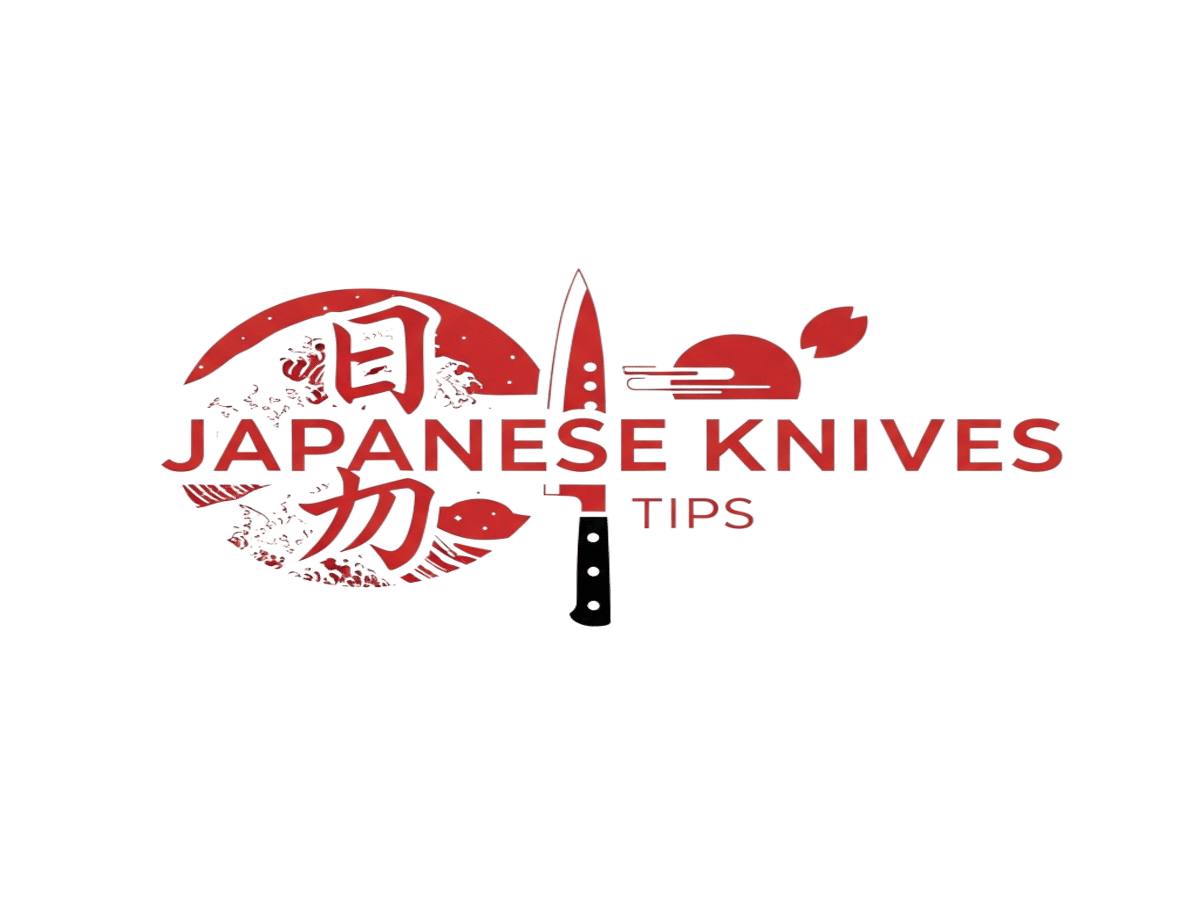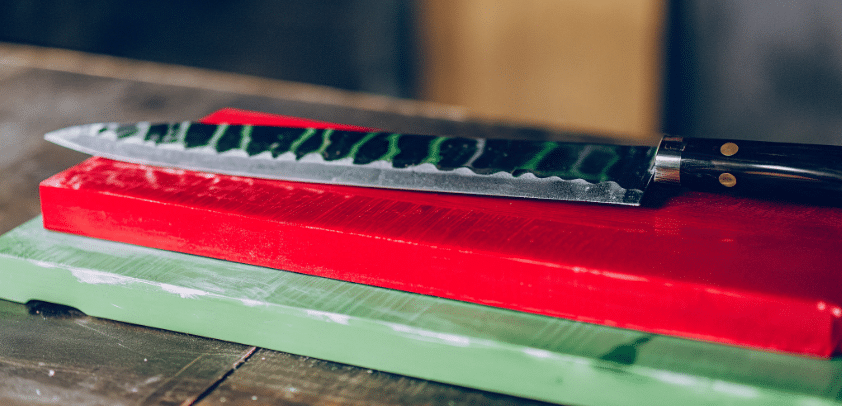If you’ve ever wondered what makes a sujihiki knife stand out in the kitchen, you’re in the right place. Sujihiki knives are known for their sharpness and precision, making them a favorite among chefs and home cooks alike. These Japanese knives are designed to slice through meat, fish, and delicate foods with ease, giving you clean, thin cuts every time. Let’s get into what makes sujihiki knives special and why they might just become your go-to blade.
- What Makes Sujihiki Knives Unique?
- How Sujihiki Knives Compare to Western Knives
- Materials and Build Quality
- Handle and Ergonomics
- Using a Sujihiki Knife
- Caring for Your Sujihiki Knife
- Why Sujihiki Knives Are Popular Among Sushi Chefs
- What to Look for When Buying a Sujihiki Knife
- Using Sujihiki Knives Beyond Fish and Meat
- How Sujihiki Knives Fit Into Your Knife Collection
- Final Thoughts on Sujihiki Knives
- FAQs
What Makes Sujihiki Knives Unique?
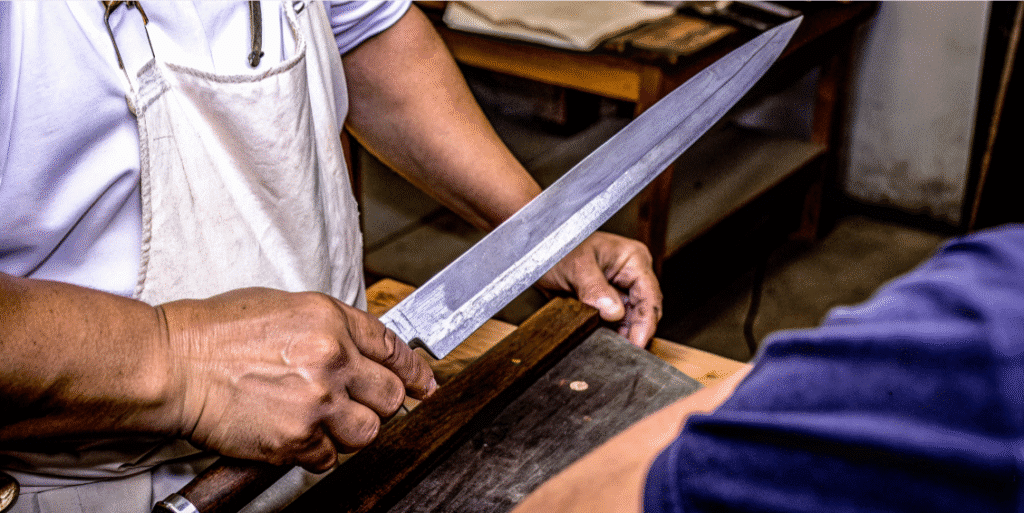
Sujihiki knives have a long, narrow blade that’s perfect for slicing. The blade is usually thinner than western carving knives, which helps reduce damage to the meat or fish you’re cutting. This means your slices stay juicy and look great on the plate. The pointed tip is great for filleting fish or handling tricky cuts.
The main difference between sujihiki knives and other knives lies in their design and performance, especially in terms of blade thickness, length, and intended use. Most sujihiki knives are made from high carbon stainless steel or carbon steel, which provides excellent edge retention, allowing the knife to stay sharp longer and require less frequent sharpening. Plus, the steel used is often ultra hard steel, contributing to superior durability and edge retention compared to many western knives. Some sujihiki knives may use slightly softer steel, making them easier to maintain and less brittle for users who prefer a balance between durability and ease of sharpening. Many sujihiki knives are forged in Japan, reflecting traditional Japanese craftsmanship and setting a high standard for quality and performance.
How Sujihiki Knives Compare to Western Knives
You might be used to western carving knives, which are usually thicker and heavier. Sujihiki knives are lighter and thinner, which makes them easier to handle when you need precision. When comparing Japanese and Western knife styles, Japanese styles like the sujihiki are often preferred for tasks requiring delicate, precise cuts, while Western styles are favored for heavier-duty work. The double-bevel edge on sujihiki knives means they are sharpened on both sides, allowing for smooth cuts without much effort.
Western style knives often have a single bevel or a thicker blade, which can make slicing more of a sawing motion. The sujihiki is a specialized slicing knife designed for meat and fish, letting you slice through in one smooth motion, which keeps the texture intact and looks better on the plate.
Materials and Build Quality
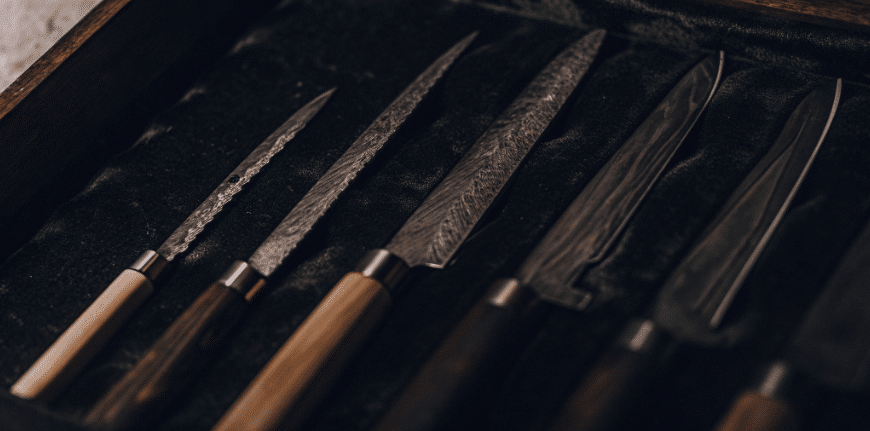
The quality of the steel is a big deal with sujihiki knives. Japanese steel, especially high carbon steel, is known for its hardness and sharpness. Japan’s tradition of knife making emphasizes unique design features, such as single-bevel edges and meticulous craftsmanship by skilled artisans. It’s what helps these knives keep a sharp edge through lots of use. Some sujihiki knives are forged, a process that enhances blade strength and durability, resulting in sharp, resilient knives suitable for precise cutting tasks. Some sujihiki knives use a layer of stainless steel over a carbon steel core. This combo helps prevent rust while still giving you the sharpness you want, and the stainless steel layer makes maintenance easier for the user.
Many sujihiki knives have a full tang, meaning the blade runs through the handle. This adds balance and durability, so the knife feels solid in your hand and won’t break easily. Handles are often made from wood or pakkawood, which feels good to hold and helps you keep a firm grip.
Handle and Ergonomics
Japanese knives have great handles. Especially sujihiki knives. The handles matter. They set these knives apart. A good handle does more than look nice. It makes the knife balanced. It gives you control. It keeps you comfortable. Even after hours of cutting. Professional chefs know this. Sushi chefs too. Even home cooks who care about their tools. Japanese kitchen knives use wood handles. Wood feels good. Wood grips well. Wood looks rustic and elegant.
Western carving knives have bulky handles. Sujihiki knives don’t. Their handles are slender. They’re rounded. This design fits your hand perfectly. You get precise cuts. You get smooth slicing motions. The blade is narrow. The handle is balanced. This means razor sharp cuts. Paper-thin slices. Minimal effort. Less strain on your hand. This matters when you’re making sashimi. Delicate dishes need careful handling. You want to protect the food. You want to avoid cellular damage.
Many sujihiki knives have full tang construction. The high carbon stainless steel blade goes through the whole handle. This makes the knife durable. It makes it balanced too. Balanced knives are easier to control. Each cut feels steady. The blade and handle connect securely. This matters for filleting fish. It matters for slicing roasts. Any task needs a razor sharp edge. Any task needs a steady hand.
Chefs want performance. They want beauty too. Sujihiki knife handles give both. The wood handle feels comfortable. It looks classic and rustic. The ergonomic design supports precision. It supports the sharpness Japanese knives are famous for. Slicing prime rib? This knife works. Preparing sushi? This knife works. Want a well-balanced addition to your kitchen? This knife works. The handle and ergonomics make sujihiki knives popular. People who appreciate quality choose them. People who value style choose them. People who want craftsmanship choose them.
Using a Sujihiki Knife
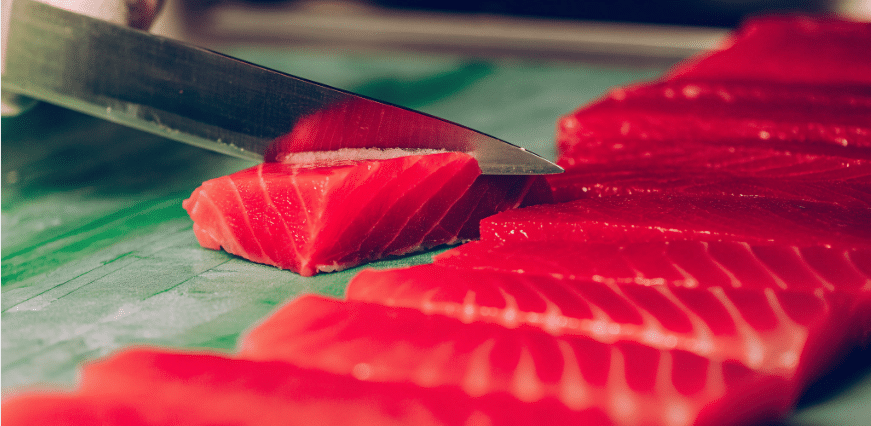
Sujihiki knives shine when you’re slicing raw fish like sushi or sashimi, delivering a smooth cut thanks to their sharp, narrow blade. The narrow blade lets you cut paper thin slices without tearing the flesh. They’re also great for slicing brisket, poultry, meats, and roasts. The pointed tip helps with delicate work, while the long blade covers a good length for slicing larger cuts in one go, making it ideal for substantial portions.
When you use a sujihiki, try to keep your cutting motion smooth and steady. Avoid sawing back and forth too much. The knife is designed to glide through food, so a gentle push or pull usually does the trick. Using a proper cutting board made of wood or plastic helps protect the blade and keeps your ingredients sliced cleanly and precisely.
Caring for Your Sujihiki Knife
Taking care of a sujihiki knife isn’t hard, but regular maintenance is essential to keep it in good shape. Always hand wash and dry your knife right after use to prevent rusting—never use a dishwasher, as it can cause corrosion.
Avoid cutting hard things like bones or frozen food, as this can cause chipping due to the hardness of the blade.
Sharpen your knife regularly, especially if you use it often. A whetstone works best for sujihiki knives, but you can also get them professionally sharpened. Store your knife safely, either in a sheath or a knife block, to protect the edge and keep your fingers safe.
Why Sujihiki Knives Are Popular Among Sushi Chefs
Sushi chefs love sujihiki knives because they make slicing raw fish easy and precise. Favored by professional chefs for their precision and reliability, these knives are designed for expert use in demanding kitchen environments. The sharp, thin blade provides a sharper edge, allowing for more delicate and accurate slicing. This helps them create perfect slices that look great and taste great. The knife’s ability to cut cleanly without tearing the fish keeps the texture intact, which is key in sushi preparation.
Besides sushi, these knives are versatile enough to handle other proteins and even some vegetables. That’s why sujihiki knives are a common sight in many Japanese kitchens.
What to Look for When Buying a Sujihiki Knife
If you’re thinking about adding a sujihiki to your kitchen, here are some things to keep in mind:
- Blade length: Most sujihiki knives range from 240mm to 270mm. Longer blades make slicing large cuts easier, but shorter blades offer more control.
- Blade material: Look for high carbon stainless steel for a good balance of sharpness and rust resistance.
- Handle: Choose a handle that feels comfortable and secure. Wood handles offer a traditional look, while synthetic materials can be easier to maintain.
- Balance: A well-balanced knife feels natural in your hand and reduces fatigue during long slicing sessions.
Using Sujihiki Knives Beyond Fish and Meat
While sujihiki knives are famous for slicing fish and meat, they can also be handy for other kitchen tasks. They work well for slicing cooked poultry, carving roasts, and even cutting some vegetables. Just keep in mind that they’re not designed for chopping or heavy-duty work.
If you need a knife for tougher tasks, you might want to keep other knives like santoku or chef’s knives handy. Sujihiki knives excel at slicing, but they don’t replace all other knives in your kitchen.
How Sujihiki Knives Fit Into Your Knife Collection
A sujihiki knife is a great addition if you want a dedicated slicer. It’s a nice complement to your other knives, especially if you cook a lot of meat or fish. Because of its sharpness and precision, it can make your prep work faster and your dishes look better.
If you’re serious about cooking, having a sujihiki alongside your chef’s knife and paring knife gives you the right tools for different jobs. It’s all about having the right knife for the right task.
Final Thoughts on Sujihiki Knives
Sujihiki knives bring precision and sharpness to your kitchen. They’re built to slice through meat and fish cleanly, keeping the texture and juices intact. Made with quality Japanese steel and designed for comfort, these knives fit well in both professional and home kitchens.
If you want to improve your slicing game, a sujihiki knife is worth considering. With proper care, it will serve you well for years, making your kitchen work smoother and your meals more enjoyable.
FAQs
What’s the best way to keep my sujihiki sharp?
I like to hand wash my sujihiki right after using it and dry it off to stop any rust from showing up. When it starts feeling dull, I use a whetstone to sharpen it carefully. If you’re not sure about sharpening yourself, getting it done by a pro is a smart move. Just avoid cutting really hard stuff like bones or frozen food to keep the edge in good shape longer.
Can I use a sujihiki for veggies?
You can slice some veggies with a sujihiki, but it’s mainly built for meat and fish. It’s great for thin, clean cuts but not for chopping or heavy-duty work. For tougher veggies or dicing, I’d stick to a santoku or chef’s knife. The sujihiki shines when you want precise, smooth slices.
How is a sujihiki different from a regular carving knife?
Sujihiki knives are usually thinner and lighter than regular carving knives. That makes them easier to handle when you want clean, precise cuts. Plus, sujihiki blades are often made with sharper, harder steel that holds its edge longer. They glide through meat or fish without tearing, giving you nicer slices every time.
